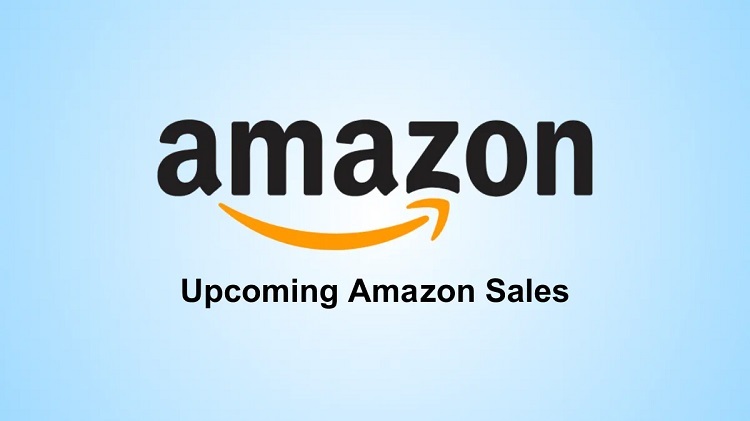In the bustling world of e-commerce, Amazon stands tall as the ultimate marketplace, offering a vast array of products to millions of customers worldwide. For many sellers, uncovering the secret to success on this platform feels akin to cracking a complex code. But fear not, for the key lies in a fundamental strategy: finding and selling wholesale products.
Table of Contents
Understanding Wholesale
Before delving into the intricacies of Amazon sales, let’s grasp the concept of wholesale. Simply put, wholesale involves purchasing goods in bulk from manufacturers or distributors at a discounted rate, with the intention of reselling them for a profit. This business model hinges on volume; the more units you buy, the lower the cost per unit, allowing for greater margins when sold.
Why Wholesale on Amazon?
Amazon’s vast reach and customer base make it an ideal platform for wholesale sellers. Leveraging the power of Amazon’s infrastructure, including its fulfillment centers and Prime membership benefits, can significantly streamline the selling process. Additionally, the sheer volume of traffic on Amazon means greater exposure for your products, increasing the likelihood of sales.
Finding Wholesale Products
The first step in this journey is finding the right products to sell. Here are some strategies to help you identify lucrative opportunities:
- Market Research: Conduct thorough research to identify high-demand products with limited competition. Utilize Amazon’s own search features, such as the Best Sellers Rank and product categories, to uncover trending items.
- Supplier Outreach: Reach out to manufacturers, distributors, and wholesalers directly to inquire about their product offerings and pricing. Trade shows, industry events, and online directories can also be valuable resources for finding potential suppliers.
3.Product Niche: Consider focusing on a specific niche or category to differentiate yourself from competitors. Niche products often have dedicated customer bases willing to pay a premium for specialized items. For an in-depth guide on streamlining your product sourcing, consider exploring Viably, which offers expert insights into navigating the complexities of wholesale sourcing for Amazon.
4.Competitor Analysis: Analyze your competitors’ offerings to identify gaps in the market or areas where you can offer better value. Pay attention to customer reviews and feedback to understand consumer preferences and pain points.
Evaluating Wholesale Suppliers
Once you’ve identified potential suppliers, it’s essential to vet them thoroughly to ensure reliability and quality. Here are some factors to consider:
1.Product Quality: Insist on samples to assess the quality of the products you’ll be selling. Quality issues can lead to negative reviews and returns, damaging your reputation on Amazon.
2.Pricing and Margins: Compare pricing from multiple suppliers to ensure competitive margins. Factor in shipping costs, Amazon’s fees, and other expenses to accurately calculate your profit margins.
3.Reliability and Communication: Choose suppliers who are responsive and transparent in their communication. Reliable suppliers can help prevent stockouts and shipping delays, ensuring a smooth selling experience.
4. Minimum Order Requirements: Be mindful of minimum order quantities imposed by suppliers. While bulk purchasing offers cost savings, it’s essential to strike a balance to avoid tying up too much capital in inventory.
Optimizing Your Amazon Listings
Once you’ve sourced your wholesale products, the next step is optimizing your Amazon listings to maximize visibility and sales. Here are some tips to enhance your product listings:
- Keyword Optimization: Conduct keyword research to identify relevant search terms used by Amazon shoppers. Incorporate these keywords strategically into your product titles, bullet points, and descriptions to improve search ranking.
- High-Quality Images: Invest in professional product photography to showcase your items in the best light. High-quality images not only attract customers but also instill confidence in the quality of your products.
- 3.Compelling Descriptions: Write compelling and informative product descriptions that highlight the features and benefits of your products. Use persuasive language to entice customers and address common pain points.
- 4.Customer Reviews: Encourage satisfied customers to leave positive reviews on your product listings. Positive reviews not only build trust with potential buyers but also improve your product’s visibility in Amazon search results.
Managing Inventory and Fulfillment
Efficient inventory management is crucial to the success of your Amazon business. Leverage Amazon’s Fulfillment by Amazon (FBA) service to streamline order fulfillment and logistics. By sending your inventory to Amazon’s warehouses, you can benefit from their fast and reliable shipping services, as well as Prime eligibility for your products.
Monitoring Performance and Iterating
Finally, continuously monitor the performance of your Amazon listings and make adjustments as needed. Track key metrics such as sales velocity, conversion rates, and customer feedback to identify areas for improvement. Iterate on your product offerings, pricing strategies, and marketing efforts to stay competitive in the ever-evolving e-commerce landscape.
In conclusion, the secret to success on Amazon lies in finding and selling wholesale products strategically. By conducting thorough market research, vetting suppliers diligently, optimizing your product listings, and leveraging Amazon’s infrastructure, you can unlock the full potential of this e-commerce giant. With dedication, persistence, and a strategic approach, you can carve out a profitable niche in the competitive world of Amazon sales.

